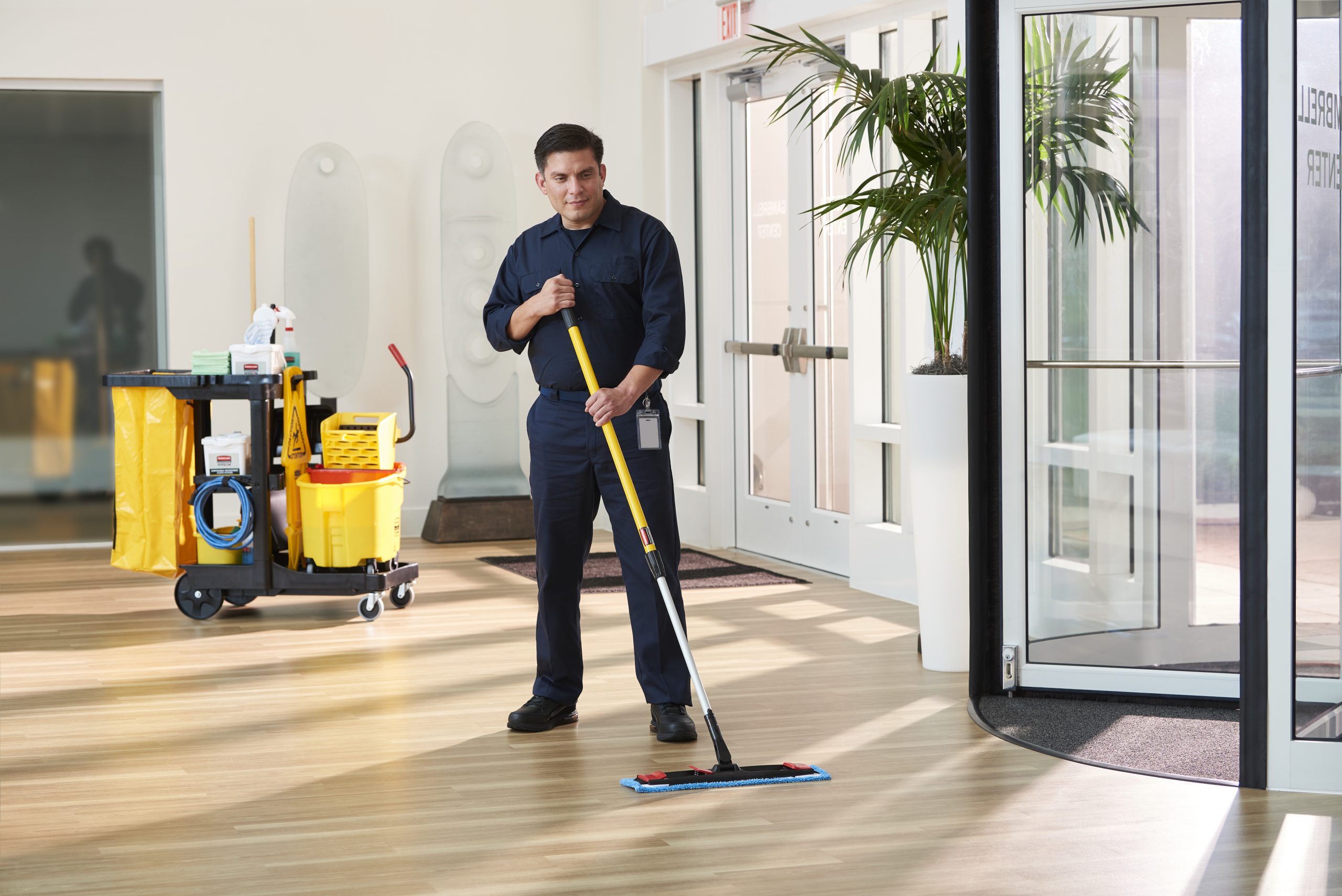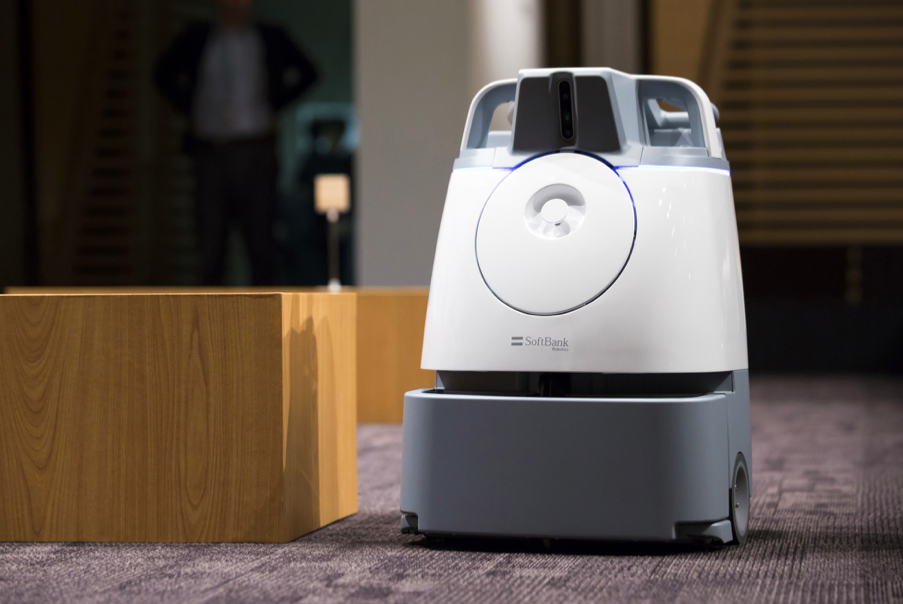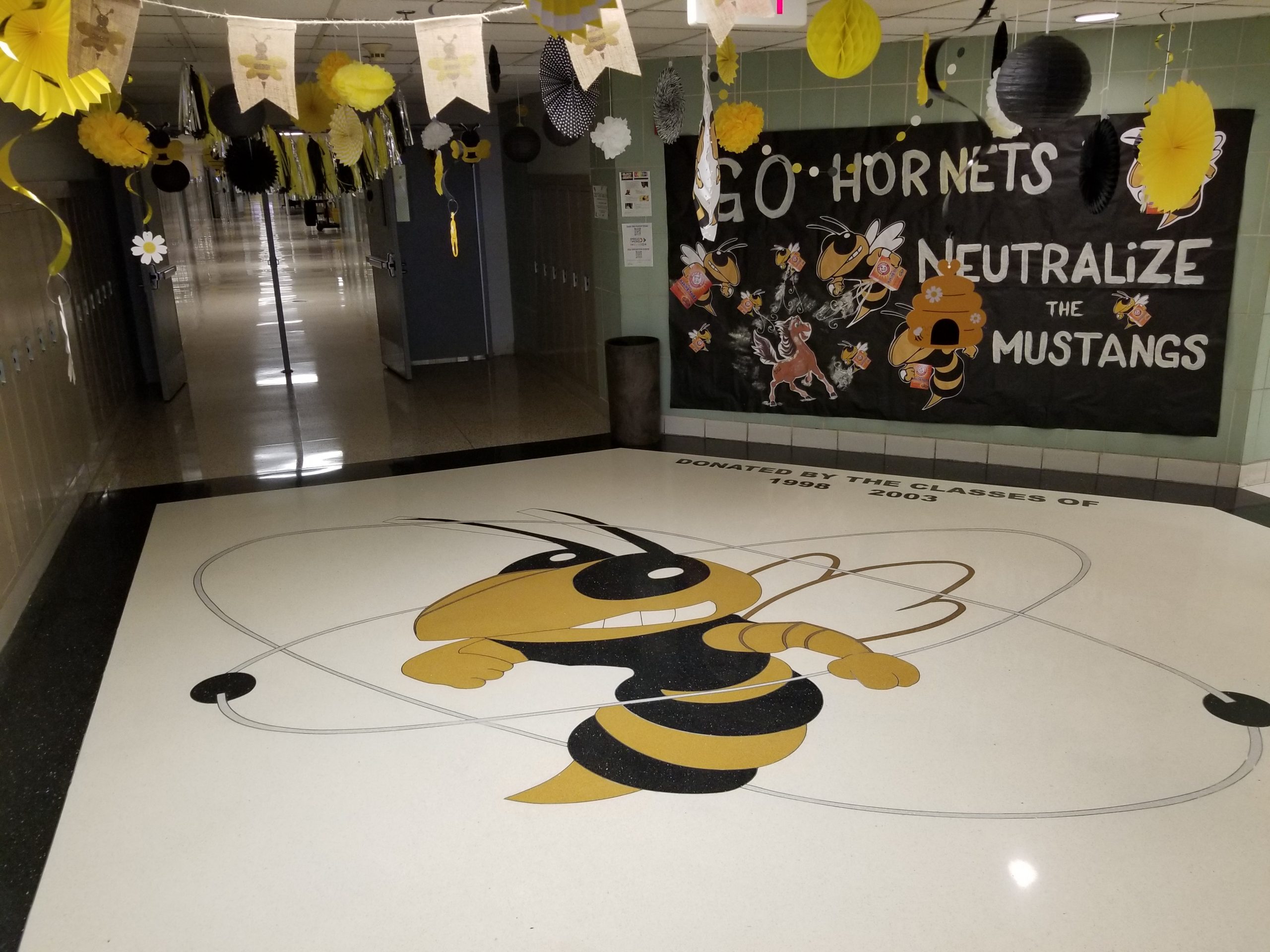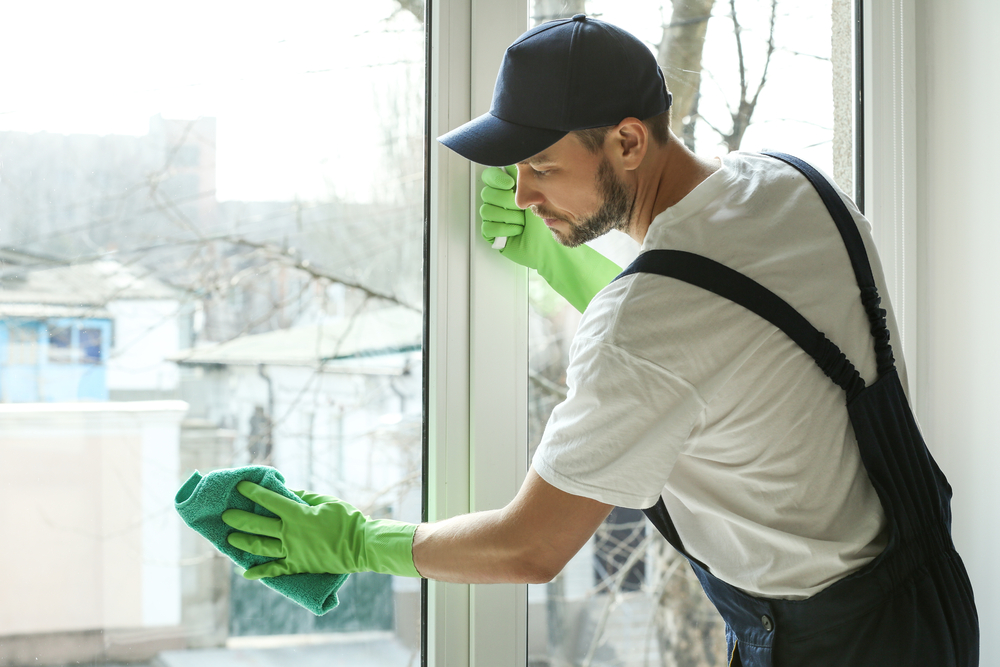Each year, we celebrate National Food Safety Month in September to reflect on how food safety impacts our everyday lives and discover best practices for preventing food poisoning. Without cleanliness, food safety is impossible to maintain in our homes and commercial facilities like restaurants, schools, hospitals and offices with corporate cafeterias. Read on to learn about the burden of foodborne illness and strategies for limiting their occurrence.
Taking a Bite Out of Foodborne Illness
The Centers for Disease Control and Prevention (CDC) estimates that 1 in 6 Americans fall ill, 128,000 are hospitalized, and 3,000 die annually because of contaminated food. There are numerous ways that food can be tainted. For instance, some of the ingredients may be past their expiration date or the food may not have been stored at the proper temperature. Additionally, soiled surfaces, like counters and cutting boards, can cross-contaminate food products. Even after food is prepared or cooked, it can be contaminated by dirty hands.
Cleanliness and hygiene play a critical role in curbing the incidence of foodborne illness. Facility managers and their teams are instrumental in keeping facilities clean and encouraging proper behaviors among building occupants and visitors.
Four Tips for Food Safety
Avoid food safety fails by following these cleanliness best practices:
Strategically place hand hygiene solutions.
Dirty hands spread germs, so giving people the chance to keep their hands clean is critical. Have hand soap dispensers stocked and easily accessible in food preparation areas like kitchens. Ensure soap and hand sanitizer are available in restrooms, as people often use them before or during dining. In areas where food is consumed, like cafeterias, break rooms and meeting rooms, place hand sanitizer dispensers where people will notice and use them. Whether you opt for wall-mounted or floor stand dispensers, consider automated versions to limit contact and the spread of germs.
Address high-touch surfaces.
In areas where many people gather to eat together, such as dining halls and cafeterias, there’s an increased risk that germs will build up over time. This is accelerated when people do not have clean hands and come in contact with shared objects. High-touch items in these environments can include napkin and condiment dispensers, food trays, counters, tables, chairs, and benches. Cleaning professionals should first clean surfaces and then disinfect them to address remaining pathogens. Be sure that your disinfectant has been proven effective against pathogens like E. coli, Salmonella and Norovirus so you can be confident that it addresses foodborne illness culprits. Meanwhile, cleaning top to bottom is an essential method for keeping recently addressed surfaces clean.
Use color-coding.
Too often, pathogens from restrooms or kitchens make their way to other areas of a building simply through the process of cleaning. How does this happen? Using the same equipment, like mops and microfiber cloths, to address both spaces can quickly transfer germs. Cleaning professionals should have duplicates of their tools to avoid this cross-contamination. A color-coded system makes it easy to designate one set for restrooms, one for food preparation areas and another for dining areas. Folding and replenishing microfiber cloths once they’ve trapped dirt, dust, and moisture keeps soils from spreading onto other surfaces.
Keep floors clean.
Floors are typically exposed to higher levels of dirt since they are heavily trafficked. Commercial floor care equipment like scrubbers and sweepers helps maintain the appearance of floors by removing soils and debris and rinsing them with chemicals. Not only do clean floors support food safety by elevating overall cleanliness, they also send the right message to visitors. Dirty floors can signal a lack of attention to health and safety. Meanwhile, clean floors demonstrate that a facility cares about its guests and that this level of care extends to its food safety promise.
The Benefits of Clean Eating
A commitment to cleanliness in your facility keeps pathogens from spreading onto high-touch surfaces like desks and tables; door handles and elevator buttons, vending machines and more. Fewer germs leave fewer opportunities for foodborne illnesses to occur. In office settings, reducing food poisoning absences helps maintain productivity and morale, while in schools, it ensures that teachers and students are always ready for their lessons. Prioritizing cleanliness from the start can also help facilities avoid costly cleanings that typically take place after a widespread foodborne illness outbreak. Overall, a focus on food safety benefits everyone, from facility managers to building occupants to visitors.
Cleanliness and food safety are a perfect pairing. Our use of safe, sustainable cleaning and disinfecting solutions is ideal for every facility. Contact GSF USA to learn more, and follow us on LinkedIn and Facebook for more best practices.





